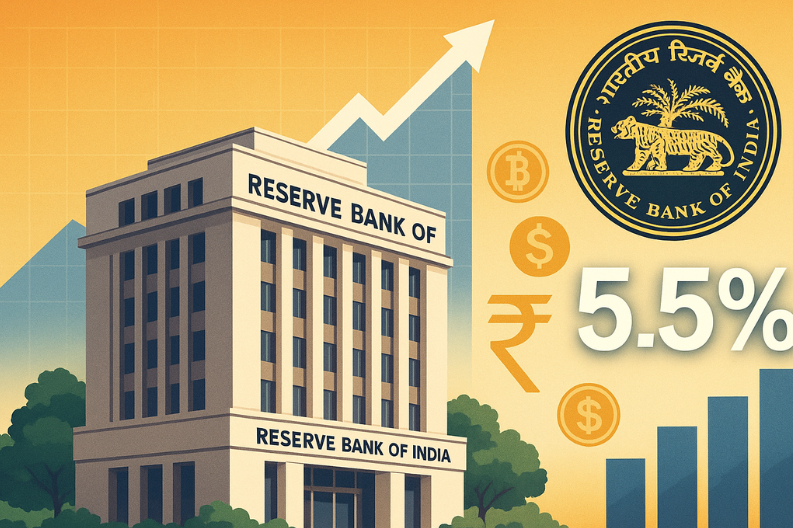New Delhi [India], October 1: In a significant policy move, the Reserve Bank of India (RBI) has chosen to keep the repo rate unchanged. RBI holds repo rate steady at 5.5% and this decision has been welcomed by economists, real estate experts, and business leaders. They believe this approach balances inflation risks while supporting growth.
Manoranjan Sharma, Chief Economist at Infomerics Valuation and Ratings, explained that inflation and growth must move together. He said the RBI’s neutral stance reflects caution and practicality. By not rushing into cuts, the central bank shows foresight in dealing with today’s economic pressures.
Anshuman Magazine, Chairman and CEO for CBRE across India, South-East Asia, Middle East, and Africa, called the move timely. He noted that it comes just before the festive season, when consumer demand usually rises. He added that steady rates, recent GST cuts, and stable inflation should encourage spending and give confidence to both developers and homebuyers.
In Punjab, economic signals are positive as well. The state’s GDP growth forecast for FY 2026 has been raised to 6.8%. Chandigarh and Mohali are witnessing strong interest in property, and developers are hopeful about rising demand supported by affordable financing.
Not everyone is completely optimistic. Jyoti Prakash Gadia, MD at Resurgent India, cautioned about U.S. tariffs on Indian goods. He suggested that the RBI may wait for clarity on trade deals before cutting rates further. He also noted that actual inflation might turn out lower than RBI’s estimates.
Samantak Das, Chief Economist at JLL India, said the unchanged repo rate shows trust in the economy. He explained that the RBI wants earlier rate cuts and GST changes to show their full effect. For the housing market, this stability lowers risks for builders and makes projects easier to plan.
Shubham Gupta, CFA and co-founder of Growthvine Capital, observed that lower inflation projections are good news for bond markets. He added that equities should see this as a sign of healthy domestic demand, though global uncertainties remain.
Mayur Modi, Co-Founder of Moneyboxx Finance, highlighted the benefits of other RBI steps, like a lower Cash Reserve Ratio (CRR). He said these measures allow banks to lend more to small businesses and rural borrowers, strengthening financial inclusion and microenterprise growth.
Anantharam Varayur, Co-Founder of Manasum Senior Living, echoed this sentiment. He said keeping the repo rate steady ensures growth continues while controlling inflation risks. With GDP growth now projected at 6.8%, he believes the outlook for India’s economy looks much stronger.
This decision means borrowers, especially in housing and small business, will see steady financing conditions. At the same time, investors gain confidence that inflation remains under control. Experts also see this as a signal that India’s economy is moving in the right direction despite global challenges.
In conclusion, RBI holds repo rate steady at 5.5% reflects caution mixed with optimism. It supports growth, controls inflation, and builds confidence in both markets and households. With festive demand ahead, steady interest rates may help boost spending, investment, and overall economic stability.



